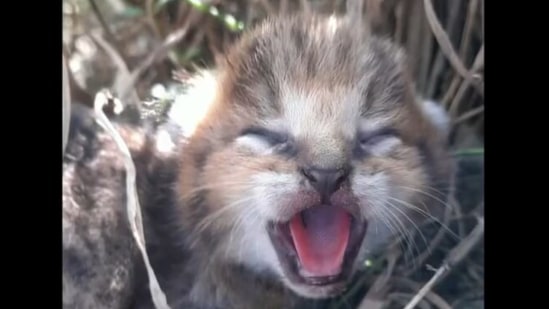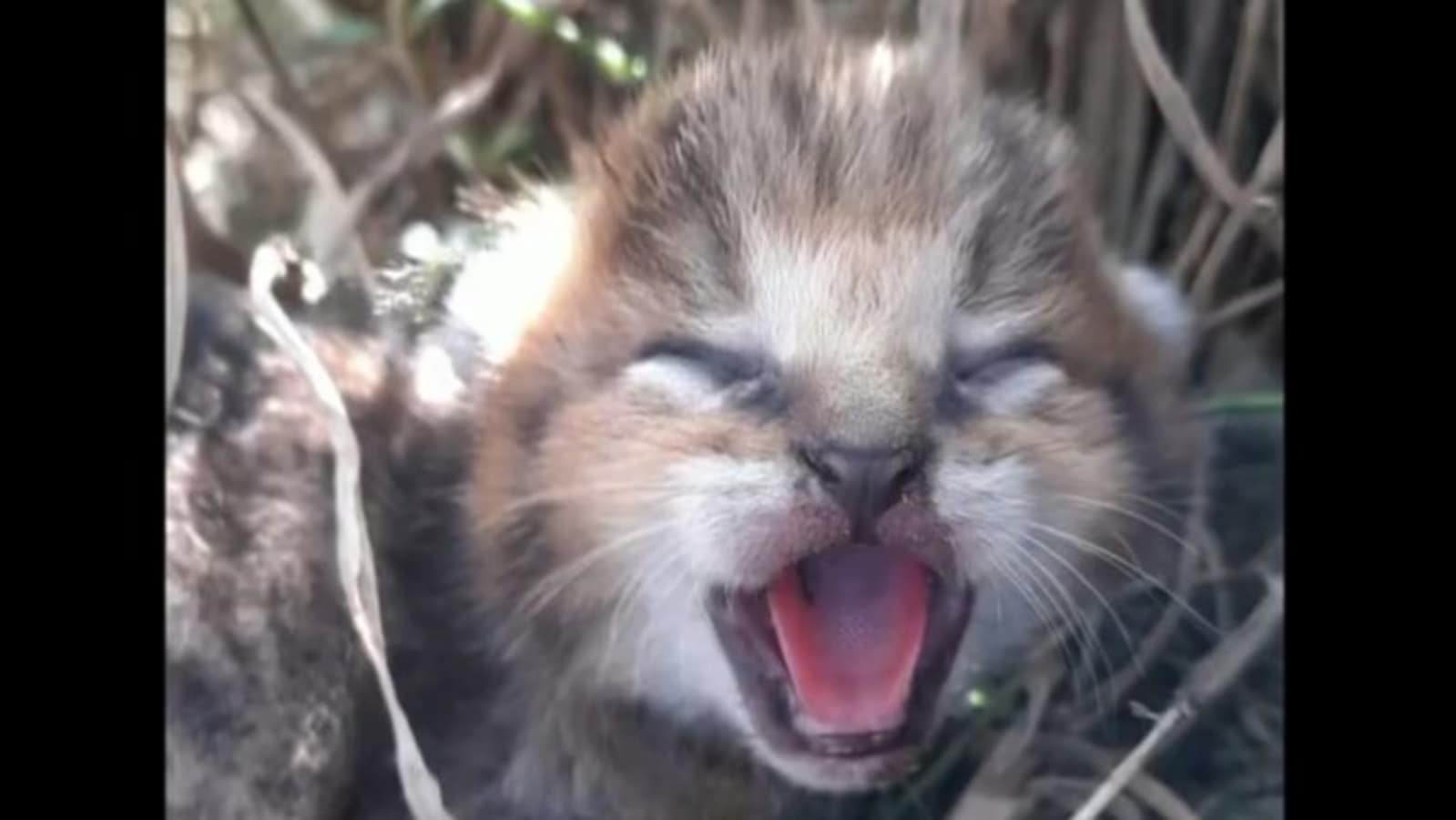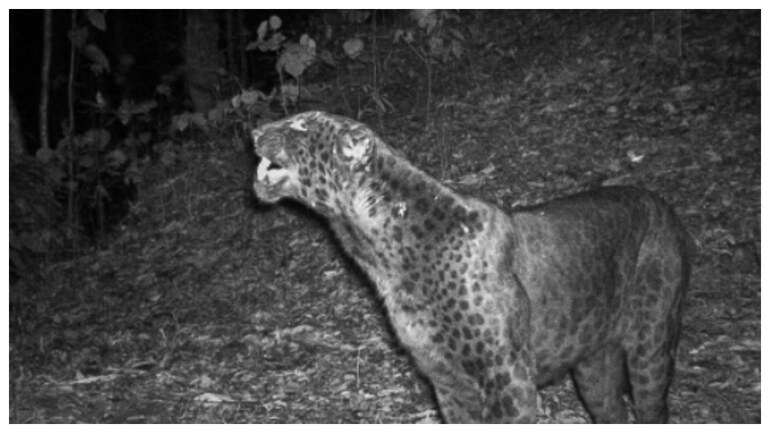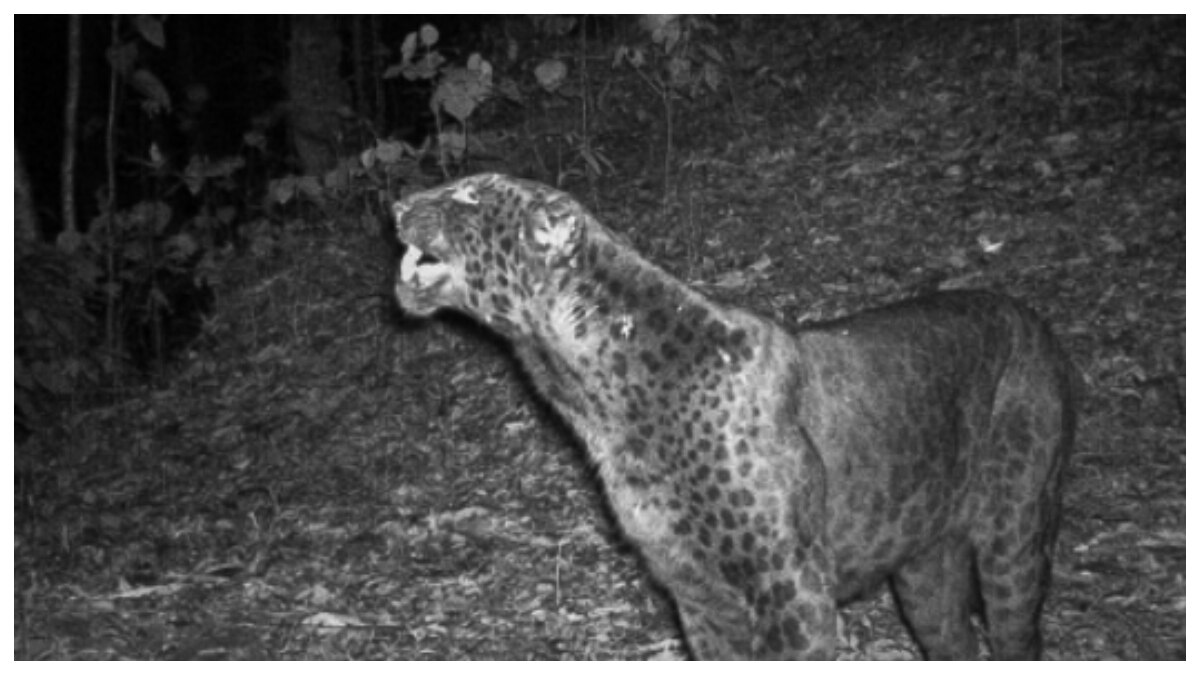Latest Thread
- UK Is there any British officer or British military personnel here that I can discuss with?
- Article Requirements for the Command and Control of the UK's Ground-Based Air Defence
- NATO Missile Defense Radar(Türkiye)
- Ukraine Construction of a defense line by the Ukrainian army
- MBDA to double the range of Aster 15 surface-to-air missiles with Aster 15 EC upgrade
You are using an out of date browser. It may not display this or other websites correctly.
You should upgrade or use an alternative browser.
You should upgrade or use an alternative browser.
They say Australia has the most deadliest animals
I laugh at such statements.
They say Australia has the most deadliest animals
I laugh at such statements.
Anglo saxons got injected into pretty nasty environment there, and its only been a cpl hundred years for them living there.
Generally you need 1000+ year timeframes with the "nasties" to develop a real cultural fascination, respect and known contextual "deadliness" to them.
The cobras in India are actually fairly shy and try to avoid humans as far as possible. They strike only when (accidentally or purposely) cornered or feel threatened.
The larger danger for people generally rests with snakes like kraits and vipers which tend to hide in things lot more, and become much more startled and give no warning etc.
In Tamil, we actually call the cobra (especially the smaller "spectacle" one) as "nalla pambu"....which means "Good snake"....as it generally:
- gives plenty of options to avoid it
- clear warning signs given when it is agitated so you can make a break away with no issue
- is huge part in controlling vermin and pests for farms
Snakes (esp by mythical Naga) more generally play a larger role in Indian culture and religion quite unlike anywhere else in world.
===============================
On related note to Australia though, Australia was connected at one point to India and Africa (and Antarctica in the area too, but antarctica went so far south it doesnt have the wildlife diversity due to the cold.
It is no surprise these 3 entities share a lot of the danger-critters (and flora and fauna in general)....though large differences have also arisen especially in Australia....(Africa and India are much closer in their "life tree" - evidenced most notably by the megafauna like Elephant, buffalo and big cat presence)
South India that I know so well, Parts of outback i went to... and the Eastern + South Africa vids I see, I see a lot of similarity in even the reddish soil and rocky outcrops...i.e eastern Gondwanaland today.
Last edited:
Nalla Pambu nice word , my school was like a forest in monsoons , its quite common to see snakes . The best part was all snakes in biolab were killed by students .Anglo saxons got injected into pretty nasty environment there, and its only been a cpl hundred years for them living there.
Generally you need 1000+ year timeframes with the "nasties" to develop a real cultural fascination, respect and known contextual "deadliness" to them.
The cobras in India are actually fairly shy and try to avoid humans as far as possible. They strike only when (accidentally or purposely) cornered or feel threatened.
The larger danger for people generally rests with snakes like kraits and vipers which tend to hide in things lot more, and become much more startled and give no warning etc.
In Tamil, we actually call the cobra (especially the smaller "spectacle" one) as "nalla pambu"....which means "Good snake"....as it generally:
- gives plenty of options to avoid it
- clear warning signs given when it is agitated so you can make a break away with no issue
- is huge part in controlling vermin and pests for farms
Snakes (esp by mythical Naga) more generally play a larger role in Indian culture and religion quite unlike anywhere else in world.
===============================
On related note to Australia though, Australia was connected at one point to India and Africa (and Antarctica in the area too, but antarctica went so far south it doesnt have the wildlife diversity due to the cold.
It is no surprise these 3 entities share a lot of the danger-critters (and flora and fauna in general)....though large differences have also arisen especially in Australia....(Africa and India are much closer in their "life tree" - evidenced most notably by the megafauna like Elephant, buffalo and big cat presence)
South India that I know so well, Parts of outback i went to... and the Eastern + South Africa vids I see, I see a lot of similarity in even the reddish soil and rocky outcrops...i.e eastern Gondwanaland today.
Only one time i killed a snake and that was in school ( boarding school)
Did they take footage of the reuniting moment itself?
cant find the video of reunification but here is one video of the sam calfDid they take footage of the reuniting moment itself?
Indian Cobra takes no shit!!
Damn what a beauty but also scary on how it challeneges humans.
Villagers stop harvest to help forest officials rescue jungle cat cubs
IFS officer Parveen Kaswan tweeted about the rescue of five jungle cat cubs. Few villagers stopped harvesting so that forest officials could rescue the animals and reunite them with their mother.
Published on Nov 11, 2021 10:44 AM IST
ByTrisha Sengupta
In today’s edition of animal rescue stories, here’s a wonderful Twitter thread by IFS officer Parveen Kaswan about the rescue of five jungle cat cubs. The tale explains how a few villagers stopped harvesting so that forest officials could rescue the animals and reunite them with their mother.
“And all the five jungle cat cubs were saved. Found by farmers during harvesting in a field,” Kaswan wrote and shared a video showcasing the rescue. He added more about how they were rescued and what happened next in follow-up tweets on the thread.
“All were so small that they could not have been survived without mother. So we decided to reunite them with their mother. The area was cordoned off. Where they were found villagers decided to stop harvesting for the time being,” he wrote in a post.
In another post he added how the mother came at night to take away her cubs. He also shared an image of the incident. “Mother did some overtime but shifted all the cubs to Forest within a few hours,” he wrote in the last share of his thread.
The video, shared along with the main tweet, has since gathered more than 63,000 views and the numbers are only increasing. The post has also accumulated tons of comments.
“Good work by team,” wrote a Twitter user. “Excellent work,” posted another.
“Good work by the forest team and locals,” praised a third.
What are your thoughts on the Twitter thread?

Villagers stop harvest to help forest officials rescue jungle cat cubs
IFS officer Parveen Kaswan tweeted about the rescue of five jungle cat cubs. Few villagers stopped harvesting so that forest officials could rescue the animals and reunite them with their mother.
I wonder if habitat pressure does this to Tigers....to cooperate more to gain same amount of resources etc.
I remember they are unable to eat a large kill solitarily....so over time I think other tigers may have scavenged with an "alpha" etc...and over time they get accustomed to having each other closer in regular scenarios.
Animal adapt in better ways then humans ... hopefully the forest cover in India will keep increasing and we will co habitat with our beautiful wild animals with and any human-animal conflict.I wonder if habitat pressure does this to Tigers....to cooperate more to gain same amount of resources etc.
I remember they are unable to eat a large kill solitarily....so over time I think other tigers may have scavenged with an "alpha" etc...and over time they get accustomed to having each other closer in regular scenarios.
I feel they are still cubs....
Rare black panther spotted at Buxa Tiger Reserve in Alipurduar. Viral pics

India Today Web Desk New DelhiNovember 14, 2021UPDATED: November 14, 2021 12:13 IST

A black panther was spotted at the Buxa Tiger reserve.
Ablack panther has been captured in camera traps set at the Buxa Tiger Reserve in Alipurduar. Pictures of the majestic big cat have swiftly gone viral on Twitter and have given netizens a reason to celebrate too. Black panthers, though rare, can be seen in good numbers at Kabini Wildlife Sanctuary of Karnataka, Anshi Dandeli Sanctuary in Karnataka and Nilgiri Biosphere Reserve of Tamil Nadu.
The black panther was spotted prowling inside the Buxa Tiger reserve at night when the pictures were snapped.
Check out the Twitter thread:
According to sources, camera traps are fitted at various places from time to time to assess the biodiversity of the reserve. One such camera trap captured snaps of this rare big cat this year.
The black panther is a common leopard only, which is melanistic in nature. For the safety of the animal, its exact location has not been disclosed but the adult male panther was snapped somewhere in the core area of the reserve.
TRENDING
RECOMMENDED
Pictures of this black panther at Buxa are not only stunning to look at but a delightful news for conservationists. Generally, Karnataka’s Kabini Wildlife Sanctuary steals the limelight when it comes to this rare big cat. Pictures of an enigmatic black panther named Saya wowed the internet not that long ago and he was from Kabini sanctuary.

 www.indiatoday.in
www.indiatoday.in
According to sources, camera traps fitted at various places from time to time to assess the biodiversity of the Buxa Tiger reserve snapped pictures of the black panther.
ADVERTISEMENT
India Today Web Desk New DelhiNovember 14, 2021UPDATED: November 14, 2021 12:13 IST

A black panther was spotted at the Buxa Tiger reserve.
Ablack panther has been captured in camera traps set at the Buxa Tiger Reserve in Alipurduar. Pictures of the majestic big cat have swiftly gone viral on Twitter and have given netizens a reason to celebrate too. Black panthers, though rare, can be seen in good numbers at Kabini Wildlife Sanctuary of Karnataka, Anshi Dandeli Sanctuary in Karnataka and Nilgiri Biosphere Reserve of Tamil Nadu.
The black panther was spotted prowling inside the Buxa Tiger reserve at night when the pictures were snapped.
Check out the Twitter thread:
According to sources, camera traps are fitted at various places from time to time to assess the biodiversity of the reserve. One such camera trap captured snaps of this rare big cat this year.
The black panther is a common leopard only, which is melanistic in nature. For the safety of the animal, its exact location has not been disclosed but the adult male panther was snapped somewhere in the core area of the reserve.
TRENDING
RECOMMENDED
Pictures of this black panther at Buxa are not only stunning to look at but a delightful news for conservationists. Generally, Karnataka’s Kabini Wildlife Sanctuary steals the limelight when it comes to this rare big cat. Pictures of an enigmatic black panther named Saya wowed the internet not that long ago and he was from Kabini sanctuary.

Rare black panther spotted at Buxa Tiger Reserve in Alipurduar. Viral pics
According to sources, camera traps fitted at various places from time to time to assess the biodiversity of the Buxa Tiger reserve snapped pictures of the black panther.






